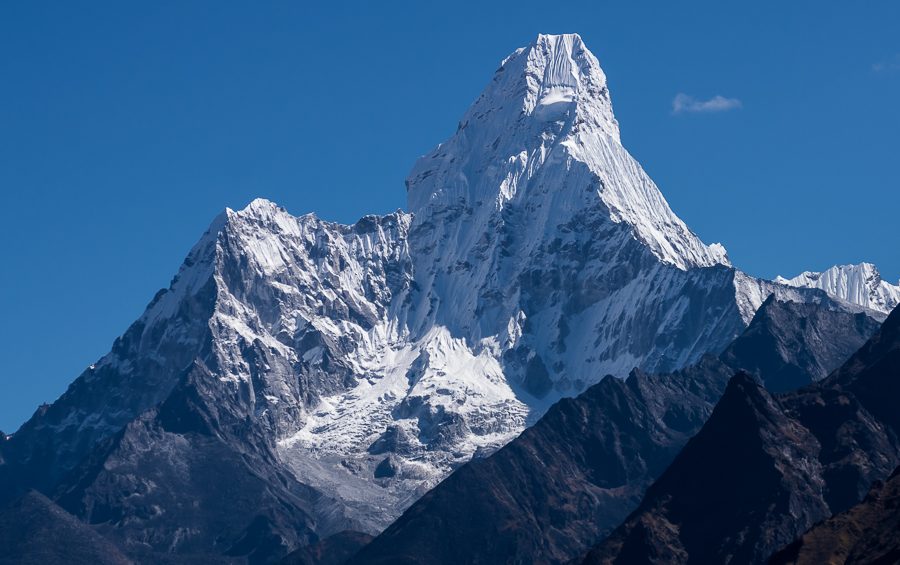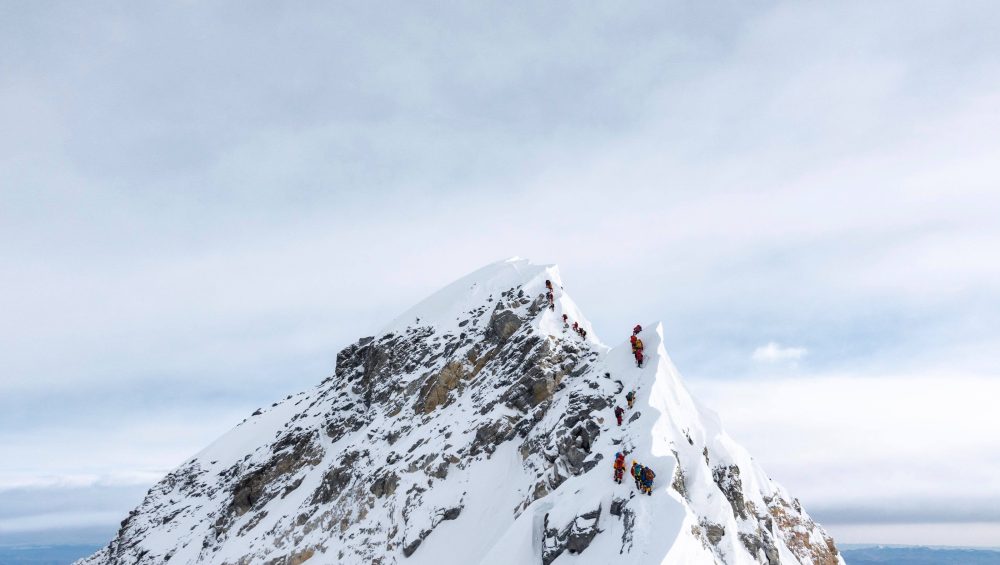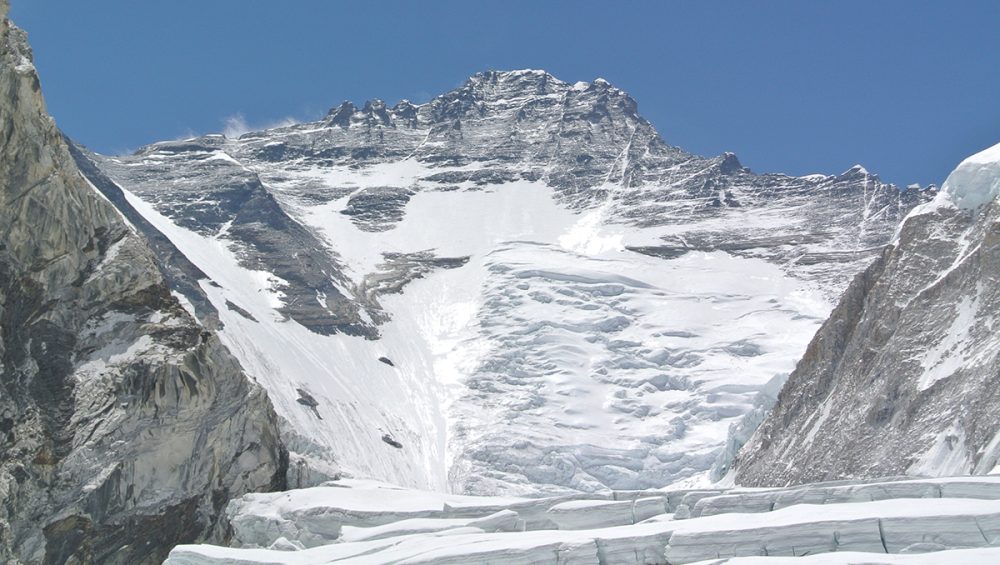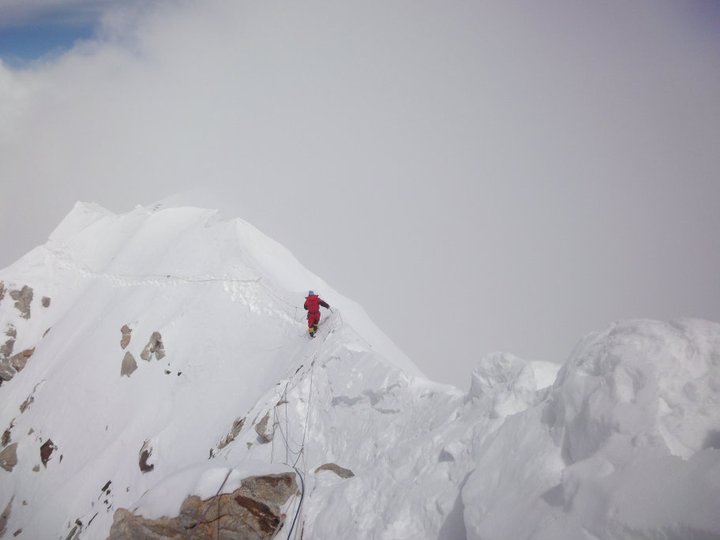Lobuche Peak – 6,119m/20,076ft
EXPEDITION OVERVIEW
Highlights
- Lobuche is the best peak to climb is located in the Everest Basecamp trekking route
- Close up view of four eight thousand meters mountain – Everest, Lhotse, Cho Oyu and Makalu
- Panoramic view of other mountains such as Pumori, Amadablam, Baruntse and several other 6000 meters peaks
- Startup peak for beginner mountaineers before attempting other mountains above 6000 meters
- Five-star accommodation in Kathmandu
- Climb with support of experienced Thamserku Sherpa guides in a 3:1 ratio
Overview
Lobuche is one of the most recommended 6000 meters pea easily accessible that fall in the Everest Basecamp trekking route. Lobuche peak has two summits, the East and West summits. This program is for climbing the east summit. Lobuche is less technical, but one cannot underestimate the mountain as sometimes it can be more challenging due to instant changes in weather conditions and insufficient climbing techniques.












